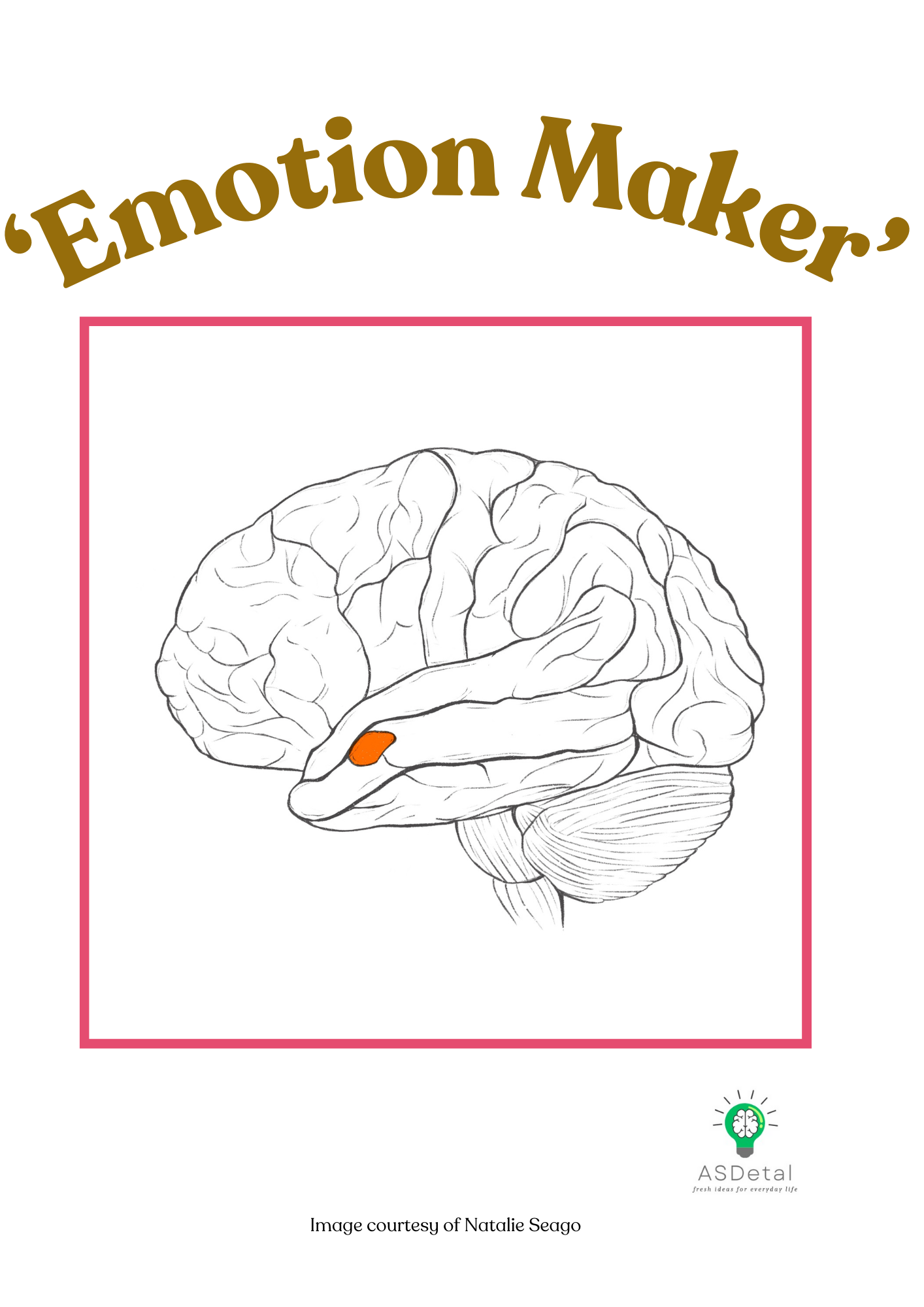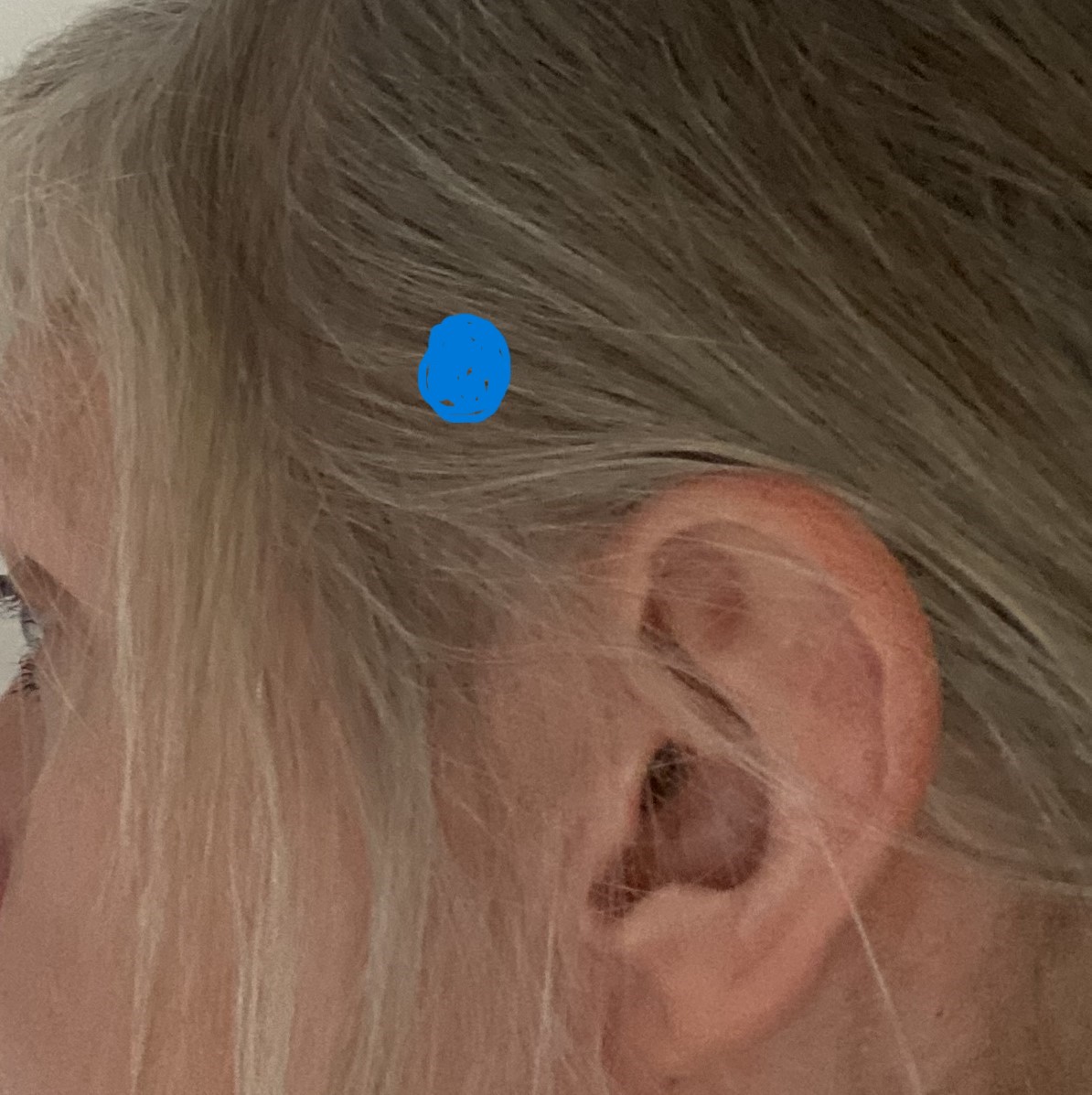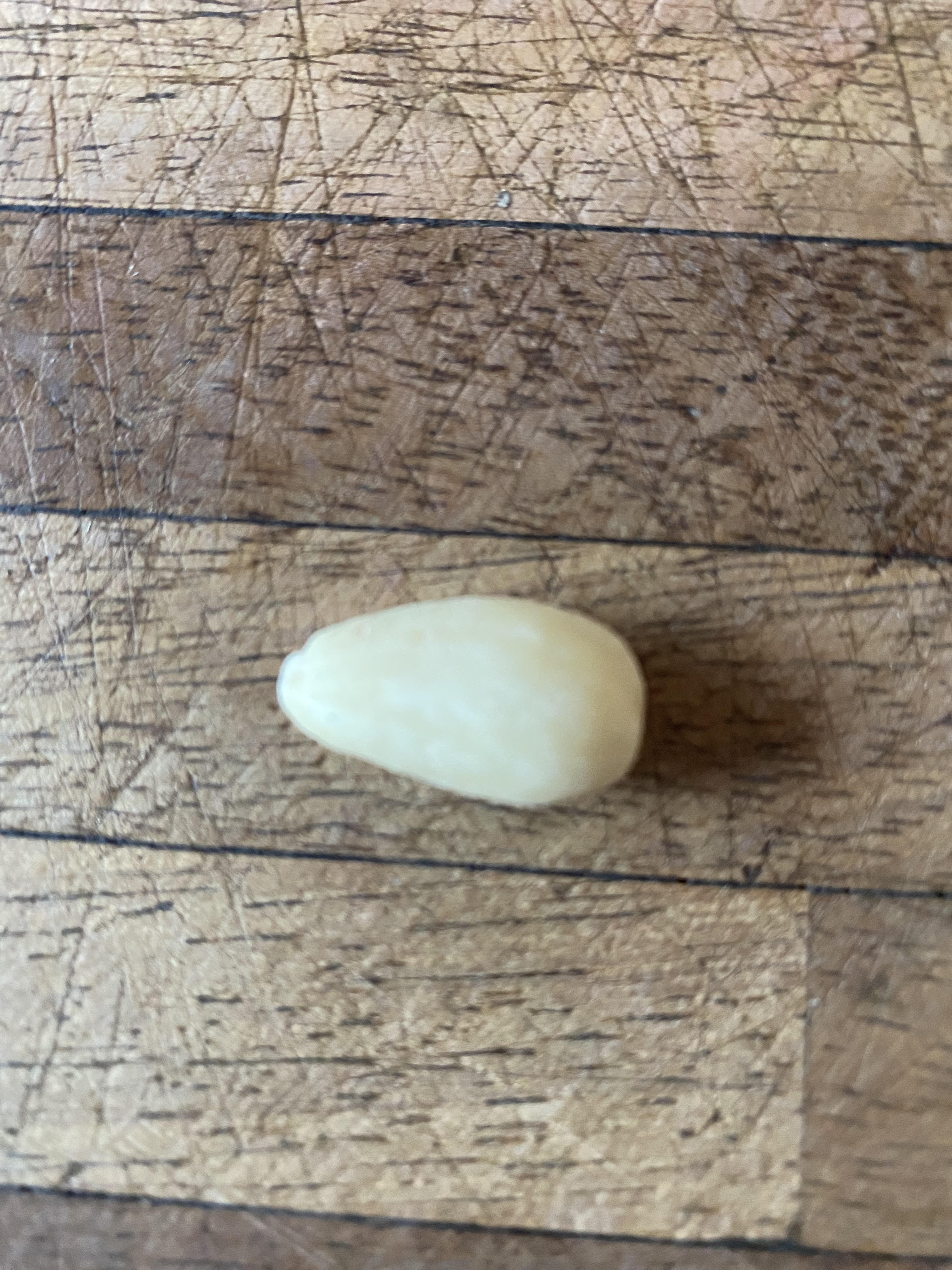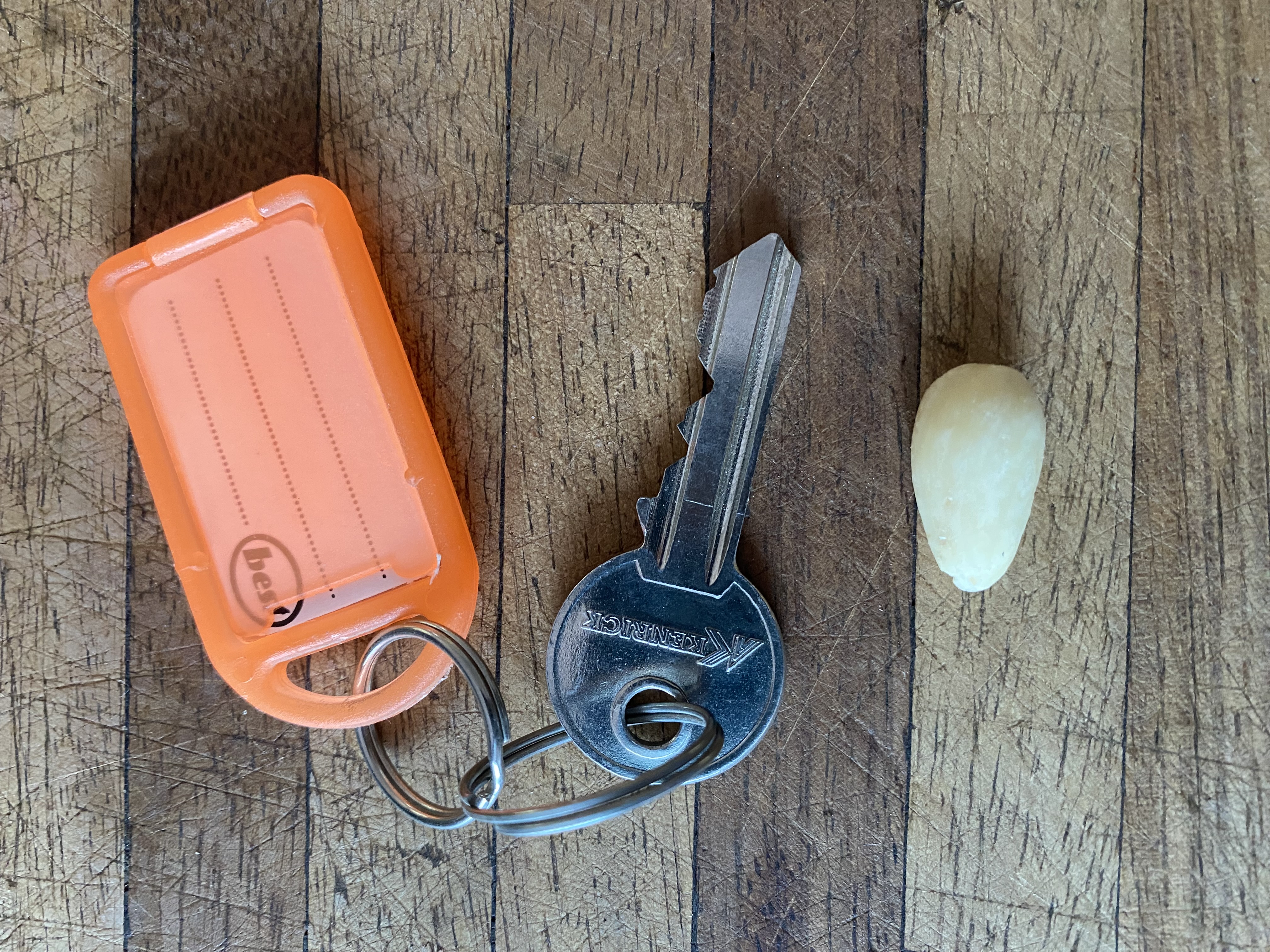Managing BIG emotions
'Big feelings' are one way of describing emotions which are very intense.
All of us have emotions, but some feel them more strongly than others do. Some neuro-different children struggle to 'connect with' their feelings or their emotional state. When it is hard to 'know' what you are feeling, it is hard to manage those emotions. As a result, many children respond with meltdowns, outbursts, or other forms of distress which they are not able to manage.
Share with your child how their big feelings are made by the 2 'Emotion Makers', located inside their brain. You can use the images below to make it more visual.
NB, Only share this with your child when they are calm and engaged. Not when they are upset or wound up because their 'thinking brain' will be switched off.

The orange structure in the brain illustration above is the left 'Emotion Maker', also known as an 'amygdala'. There is another one on the right side.
Why are the Emotion Makers important? Because they produce emotions such as anger, fear, worry and anxiety. When these emotions are felt particularly strongly, they can be hard for the emotion management brain cells (executive functions) to manage them.
Where are my 'Emotion Makers' in my brain?
The 'Emotion Maker's it deep within the brain so they are well-protected. Looking at the head from the side, they are located just above, and to the front of, each ear.
If you are looking face on, they are behind the top of you nose.
So, if you put one finger on the bridge of your nose, and another where the blue dot is in the photo below, and then imagine a line from each connecting together, you will have the rough location of your emotion makers!

What does an 'Emotion Maker' look like?

It is the about the size and share of an almond.

If placed next to one of my keys, it begs the question, how does something so small produce such big feelings ???????
We can help children to build their emotion management skills by:
- teaching them how their ‘Emotion Makers’ work
- supporting them to build up a 'toolkit' of simple sensory items which they know helps keep their Emotion Makers calm
- helping them learn to notice and 'tune in' to when their ‘Emotion Makers’ are getting a bit fired up
- teaching them how to use their ‘Thinking Brain’ (Executive Function skills) to help their ‘Emotion Makers’ feel safe
More on all these topics later.
